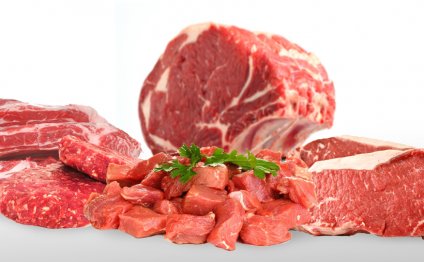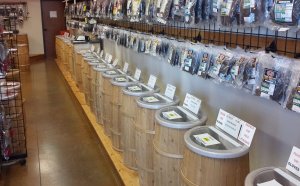
Beef Meat
Come early july and grilling period – which unofficially begins in under two weeks with Memorial Day week-end – American shoppers might find a significant brand-new label on some steak plans. Beginning might 17, the U.S. division of Agriculture’s Food Safety and Inspection Service began needing animal meat processors to reveal a common practice called technical tenderization and provide safe cooking guidelines so their clients understand to deal with the products very carefully.
Product pain is a key selling point for beef services and products. To increase tenderness, some slices of meat tend to be tenderized mechanically by piercing these with needles or small blades to separation structure. This technique occurs before the beef is packaged but can in addition happen on food store’s butcher countertop, at a restaurant, or in home. The blades or needles can introduce pathogens through the area associated with the meat to the interior, making appropriate cooking important. But mechanically tenderized services and products look no unique of product which has not been addressed in this way, therefore without disclosure from the label, customers cannot understand this higher meals security threat.
These items, as with any entire slices of beef, should really be prepared to at least inner temperature of 145 °F as measured with a meals thermometer before getting rid of meat from the heat source. For protection and high quality, enable beef to sleep for at the least three minutes after it has been taken off the heat source before carving or eating. During this rest time, the interior temperature is either continual or somewhat rises to destroy pathogens.
Since 2000, the Centers for infection Control and Prevention received reports of six outbreaks due to mechanically tenderized meat services and products prepared in restaurants and customers’ houses. Some situations resulted in hospitalization and hemolytic uremic syndrome. Undercooking the products had been a substantial contributing factor in all of these situations.
Beginning recently, house cooks, restaurants, as well as other food service services will are in possession of more info concerning the items they have been purchasing, plus of good use cooking guidelines so they really learn how to safely prepare all of them.
This brand new requirement could be the newest of a number of measures the foodstuff Safety and Inspection provider has implemented over the past years to enhance the safety of animal meat and chicken products, also to give consumers additional information concerning the services and products they have been purchasing. In 2012, USDA began enforcing a zero threshold plan for raw meat items containing six strains of Shiga-toxin making E. coli, giving products which test good for those six pathogens exactly the same unlawful and unsafe standing USDA has actually long given products testing good for E. coli O157:H7. Final summer time, FSIS implemented brand-new recordkeeping needs for stores which will greatly enhance the agency to track services and products involved in foodborne infection outbreaks back into their origin. More details about this work can be bought at USDA’s Food Safety results page.
Utilising the four food security steps—Clean, Separate, Cook, and offered by 10:00 a.m. to 4:00 p.m. Eastern Time, Monday through Friday, in English and Spanish.
Share this Post
Related posts
Dallas Jerky
You have no items in your shopping cart. Spend $100 even more to receive FREE GROUND SHIPPING! Visit us these days! Totally…
Read MoreGerman Beef Jerky
By 10 on a brisk Saturday morning, the retro aluminum-lined glass butcher case within European Deluxe Sausage Kitchen is…
Read More










